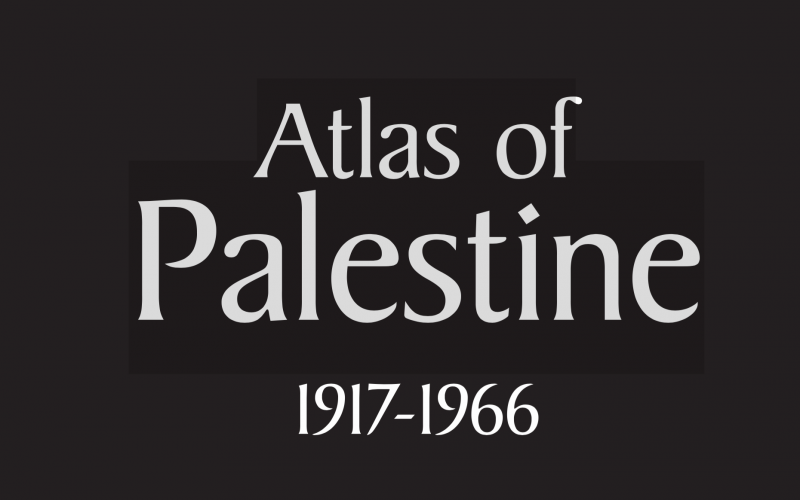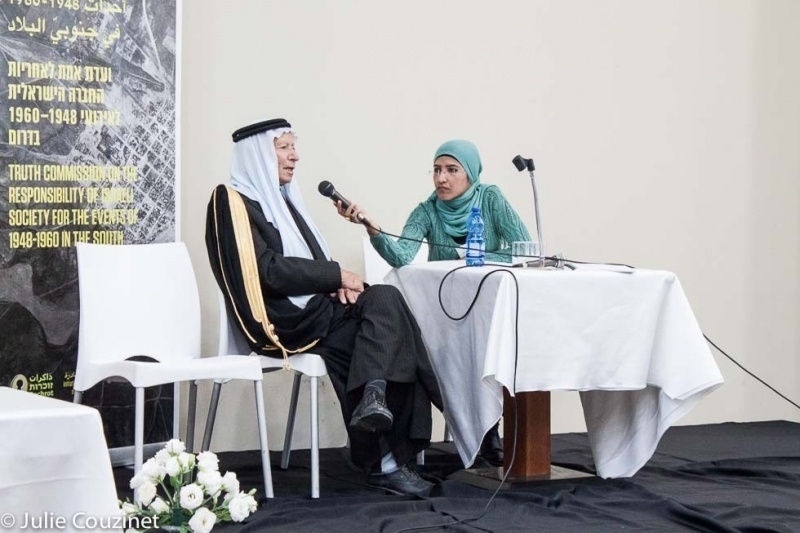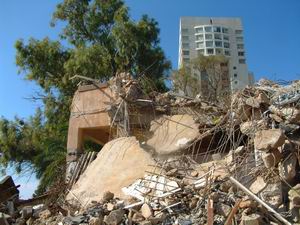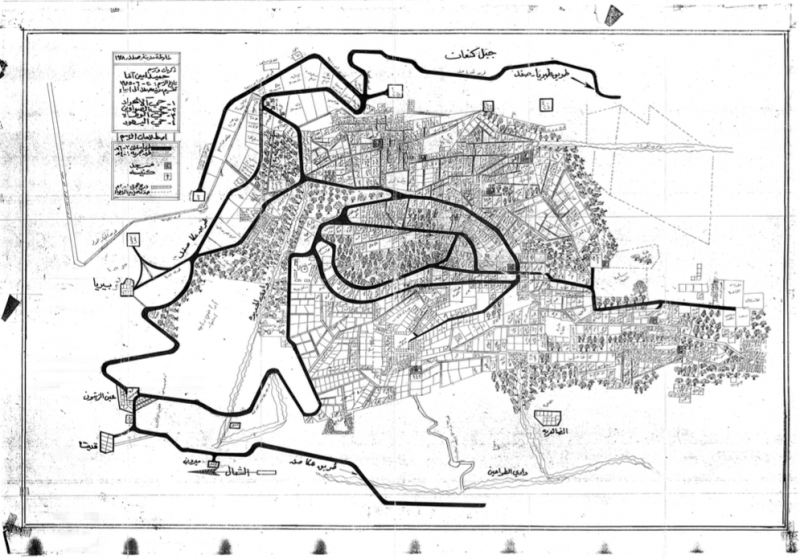Transitional Justice and the Right of Return of the Palestinian Refugees
Author: Yoav Peled and Nadim Rouhama, Theoretical Inquiries in Law, 5:2, 2004, pp. 317-332 12/2003
The principles of transitional justice would suggest, we argue, the separation of the right of return, that is non-negotiable for the Palestinians, from the means of realization of that right in practice, which could be negotiated between the two sides.
Poll on refugees' preferences and behavior in a Palestinian-Israeli permanent refugee agreement
Author: Palestinian Center for Policy and Survey Research 05/2003
Results of PSR refugees' polls in the West Bank/Gaza Strip, Jordan and Lebanon on refugees' preferences and behavior in a Palestinian-Israeli permanent refugee agreement Results of PSR refugees' polls in the West Bank/Gaza Strip, Jordan and Lebanon on refugees' preferences and behavior in a Palestinian-Israeli permanent refugee agreement Results of PSR refugees' polls in the West Bank/Gaza Strip, Jordan and Lebanon on refugees' preferences and behavior in a Palestinian-Israeli permanent refugee agreement
Letter on 1948 labor camps
Author: Salman Abu Sitta 04/2002
Salman Abu Sitta, researcher of Palestinian history, writes in response to Eitan Bronstein's question about the existence of labor camps in Palestine during and after the NakbaSalman Abu Sitta, researcher of Palestinian history, writes in response to Eitan Bronstein's question about the existence of labor camps in Palestine during and after the Nakba
Al-Birwa, the story of an uprooted Palestinian village
Author: The Refugee Committee of Al-Birwa 03/2002
Every year, as Israel celebrates its Independence Day the residents of al Birwa and their families return to the village, where the only things that remain are some trees and cemeteries. On that day, they sit by the graves and under the trees and tell the story of their village so it will be remembered.
Position Paper on Posting Signs at the Sites of Demolished Palestinian Villages
Author: Eitan Bronstein 12/2001
We seek to apply ourselves to these challenges: to commemorate and talk about the Nakba in Hebrew so that our language will be more peaceful and just; to witness what was wiped off the face of the earth in order to understand our neighbors' pain and loss; to acknowledge the Palestinian catastrophes of 1948 and 1967 and, thereby, attempt to mold a peace-seeking Jewish-Israeli consciousness.One of the first texts written at Zochrot







